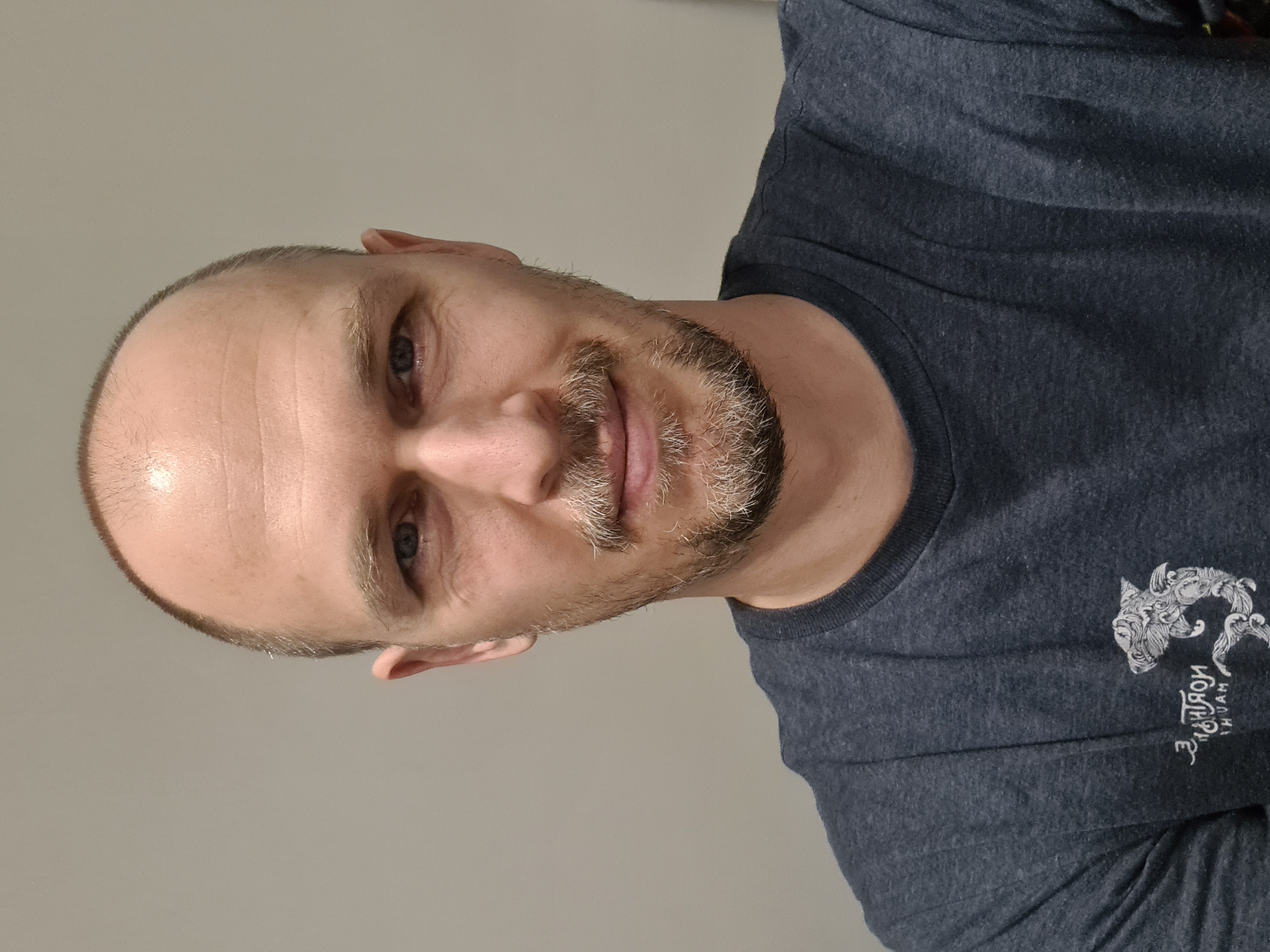Vit "Vitya" Novacek

A meager web presence of one academic ape [a possibly relevant disclaimer - if you have an impression that this place is not very much up to date, you may not be entirely wrong; the last touch up happened in August 2023, which results in a rather horrendous once-in-three years update frequency at the moment, ahem]
Intro / Mysteries / Scribblings / Preachings / Boring / Other / Contact
tl;dr - For quite a while, I’ve been adding my tiny little bits to the state of the art in AI and health informatics. For a longer story about how that came to be, keep on reading…
Much to the despair of my loved ones, my curiosity has always been stronger than my common sense. That has led to my unreasonably eclectic research interests that have spanned the fields of mathematics, physics, philosophy, linguistics, political, cognitive and computer science, evolutionary, molecular and systems biology, medicine and what not (in more or less chronological order as to the time when I got afflicted with each of those particular obsessions).
Obviously, I’ve never been able to learn enough to truly crack even some of the minor mysteries in any of those fields. But already during my PhD studies, it dawned on me that perhaps some sort of biomedically-inclined AI research could be my thing (I won a nice little glass sculpture for doing that stuff, with $15,000 prize money to boot, which I took as a rather positive hint).
Somehow, not too long after I got that shiny piece of paper calling me a doctor, I happened to get involved in a cool project funded by Fujitsu Laboratories Limited. It was called KI2NA for the first three years, then TOMOE for nearly four more. It’s all top industrial secret so there is no public web page, but let me just say we had a lot of fun with my best friend and former colleague Pierre-Yves, with whom we ended up coordinating the whole thing (and gorging on vast amounts of mysterious foodstuffs during our regular trips to not-so-touristy quarters of Tokyo). Over the years, we built a team of young but tremendously progressive researchers, and delivered some cutting-edge relational learning solutions for discovering links between drugs, proteins and disorders. Some of the predictions of our models even got confirmed in living human cells by our most kind and extremely capable colleagues at Systems Biology Ireland. Other than piquing the interest of a few pharma and biotech companies, that success reassured us about the validity and necessity of this particular field of applied AI research.
Since 2020, my various teams have been shifting closer to actual clinical practice, working for instance on lung cancer relapse prediction in the CLARIFY H2020 project, breast cancer patient empowerment in the AIcope national project or federated machine learning for rare cancers in the IDEA4RC Horizon Europe project. Let’s see what the future brings!